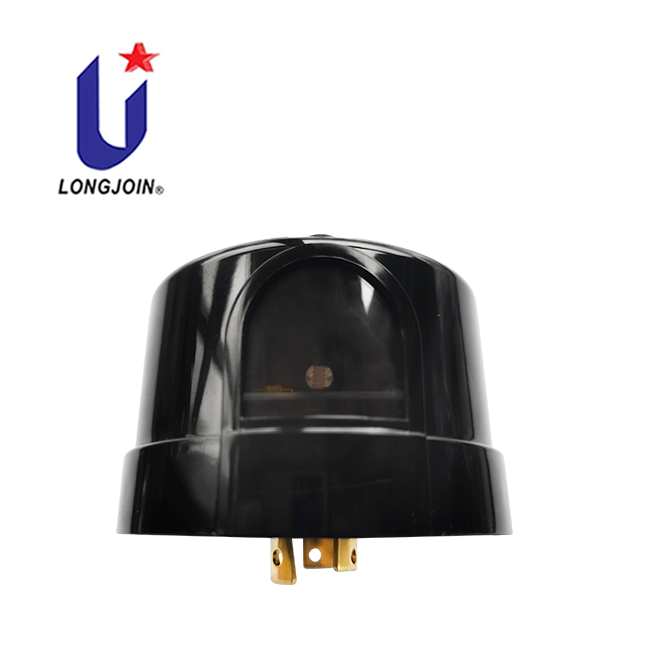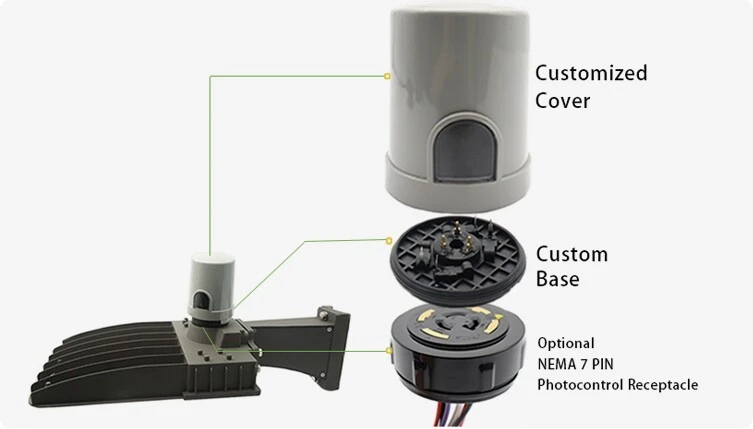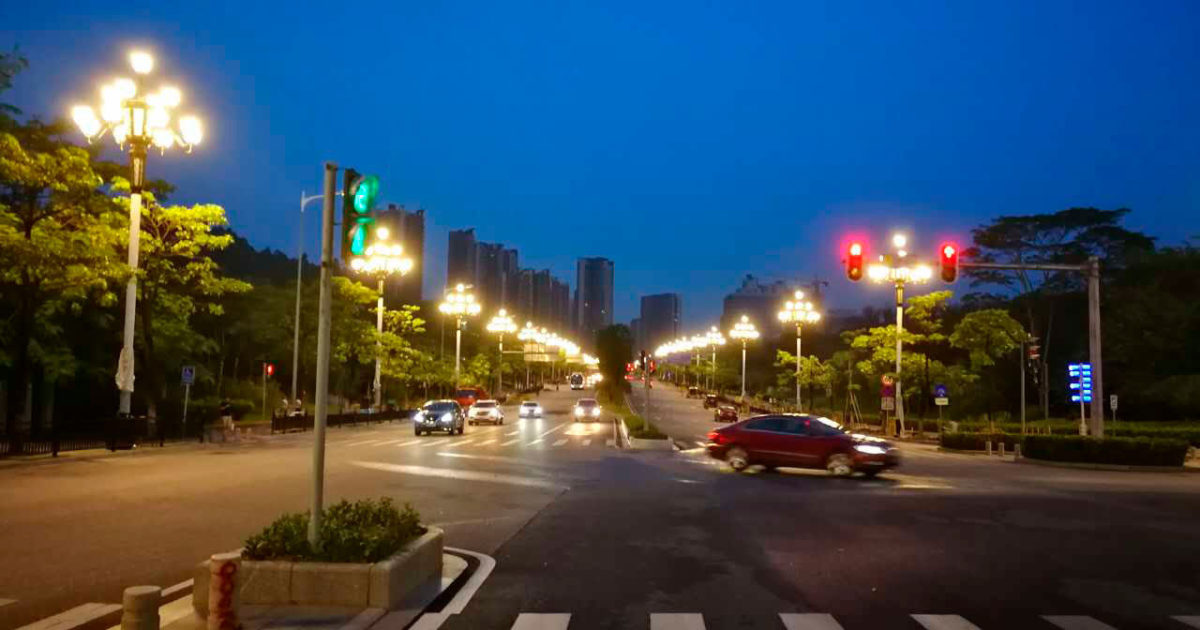How can we help you?

How can we help you?


Cities everywhere are switching to energy-efficient, eco-friendly lights. As they do, better street lighting tech is more important than ever. Outdoor lighting often faces an issue, with light decay over time. The brightness of LED street lights and other outdoor fixtures typically decreases over time impacting visibility negatively. It also raises maintenance costs and uses more energy.
Light decay compensation technology offers a clever solution. It automatically changes brightness to keep the light at its best. At the forefront of this revolution is Longjoin photocells. We use cutting-edge light decay compensation in photocell sensors. This technology boosts efficiency and reliability in outdoor lighting systems.
Lighting technology keeps improving. However, it can be challenging to keep up a level of brightness and efficiency.
Light decay is a natural process that affects every light source. The effect is especially noticeable, in lighting arrangements because these lights can be influenced by weather conditions and various environmental elements.
In street lighting systems light decay compensation technology stands out as an innovation worth noting. It ensures that the lights are, at their brightness levels while conserving energy and extending the lifespan of lighting fixtures. Understanding why light fades and its impact is key. This knowledge helps us see the benefits of compensation technology.

Over time, LED streetlights and other lighting devices gradually lose their brightness, a phenomenon known as light decay. This decline in light output is primarily due to:
● Aging of LED components: Over time, the efficiency of LEDs decreases.
● Environmental factors: Extreme weather and pollution cause dust to build up. This build-up cuts down on the light that gets through.
● Electrical degradation: Variations in voltage and current affect performance.
Light decay leads to several issues, including:
● Reduced illumination levels, affecting safety and visibility.
● Increased maintenance costs, as lights require frequent replacements.
● Higher energy consumption, as lights need to be operated at higher intensities to compensate for decay.
Light decay compensation technology aims to stabilize illumination levels by:
● Detecting brightness loss through photocell sensors.
● Adjusting light output automatically to maintain consistency.
● Using data-driven optimization for efficient power management.
This smart approach keeps LED streetlights efficient over the long term. It also cuts down on maintenance work and helps extend their lifespan.

Photocells, also known as photoelectric sensors, are very important for outdoor lighting. They operate by sensing the light. Then automatically activating or deactivating the lights accordingly.
Photocells now integrate advanced light decay compensation technology. They provide improved management of lighting levels to maintain brightness and use energy effectively.
Below are some key examples. They show how Longjoin’s advanced photocell technology changes outdoor lighting systems.
Modern photocell sensors have very accurate detection methods that always check the light output levels. When the light dims, the system boosts the brightness. It does this to fix the decay and keep the light even.
Using Longjoin’s advanced photocell sensors, street lighting systems can optimize power usage by adjusting brightness levels dynamically. This results in:
● Lower energy consumption without compromising brightness.
● Extended LED lifespan, reducing replacement frequency.
● Significant cost savings for city lighting projects.
With the integration of IoT (Internet of Things) and big data analytics, Longjoin’s photocell street light controllers can:
● Monitor real-time lighting conditions via remote access.
● Adjust settings dynamically based on environmental factors.
● Reduce unnecessary energy waste, improving overall efficiency.
This smart remote control switch capability ensures that outdoor lighting systems remain highly responsive and adaptive to changing conditions.
Longjoin’s photocell technology gives a competitive edge in outdoor lighting. It works by combining accuracy, adaptability, and energy efficiency. Cities now use smart lighting systems. Longjoin's solutions make lighting sustainable and cost-effective.
Longjoin photocells utilize intelligent compensation algorithms that ensure consistent light output over time. These algorithms automatically detect dimming trends and adjust brightness accordingly.
Equipped with state-of-the-art light sensor photocell switches, Longjoin’s products offer:
● Accurate ambient light detection, enabling seamless automation.
● High sensitivity to light changes, ensuring instant response.
Longjoin’s photocell lighting sensors dynamically modify brightness levels based on:
● Weather conditions (fog, rain, or clear skies).
● Time of day (dusk-to-dawn transition).
● Traffic patterns (increased brightness during peak hours).
This intelligent control system significantly improves energy efficiency while maintaining optimal illumination.

Urbanization and smart city projects are gaining momentum. Because of this, there is a rising demand for advanced lighting solutions. Photocell control technology is changing quickly. It is designed to serve smart and energy-saving street lighting systems.
Countries and institutions globally allocate resources, towards energy street lighting initiatives. This shift is driven by economic and environmental needs:
● Stringent energy regulations encouraging sustainable solutions.
● The push for smart infrastructure to enhance urban living.
● Technological advancements in IoT and lighting automation.
As a leading manufacturer of photocells, Longjoin has established itself as an industry pioneer with:
● Our constant focus on pushing the boundaries of research and development fuels creativity and progress.
● Top-notch dusk-to-dawn photocell sensors that are widely relied upon worldwide.
● A strong market presence. It is well-known in North America, Europe, and Asia.
Longjoin photocells are changing outdoor lighting systems. They give exact light decay compensation. They also save energy and use smart automation. Longjoin uses advanced photocell sensor technology along with adaptive brightness control to deliver outstanding lighting performance. Their smart IoT-enabled management system ensures that illumination remains consistent over time. It also encourages reduced energy consumption and lower operational costs. It supports long-term reliability for smart city projects.
External Links
● https://en.wikipedia.org/wiki/Light-emitting_diode
● Understanding LED Light Decay – Wikipedia
● https://www.sciencedirect.com/science/article/pii/S2773186324000720